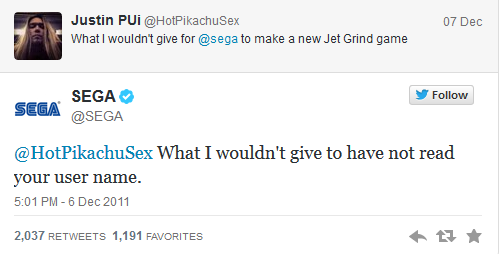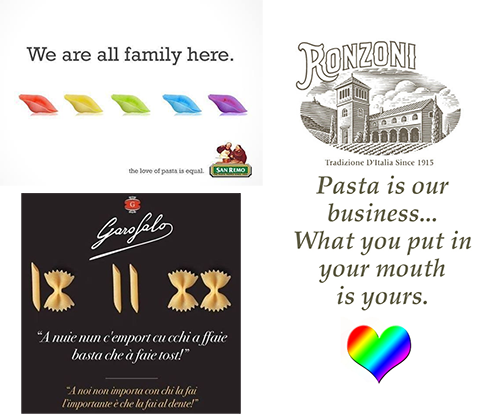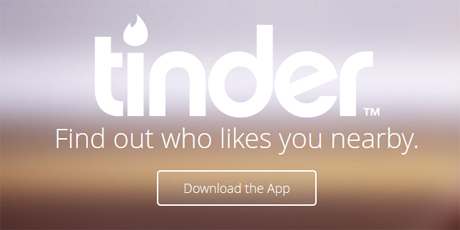Time-consuming as it was, the team video assignment was an amazing learning experience as promised. It also provided a great opportunity for myself and my teammates to take advantage of skills we had that might not otherwise have been applicable in business school — for example, I personally have experience with writing both screen and stageplays, while another member of my group had experience editing videos. Hence, it was a refreshing break from the usual type of project such as papers and presentations.
With regards to our video specifically, there is a lot to reflect on. I think it turned out a lot more ‘professional’ than any of us expected. The camera quality and use of different angles gave it a less amateur feel, although naturally it could have been done a lot better given more time and preparation. Immediately noticeable is probably the choppiness of our video, which I take responsibility for seeing as how I was responsible for writing the script. Originally, our video was 14.5 minutes long after all the clips were put together. As a result, a lot of unnecessary time was wasted, in a) writing an overly long script, b) filming those scenes, and c) figuring out just which parts to cut during the editing process. In other words, I learned the hard way to be a lot more careful with regards to length in the future — since while it’s easy to overwrite and then cut when writing a paper, something which I tend to do with everything (including this blog post!), I realized first-hand the impacts of doing so with something like a video project.
The peer video review had value in the sense that watching and critiquing my peers’ videos helped me better understand the strengths and weaknesses of what my group had produced.





